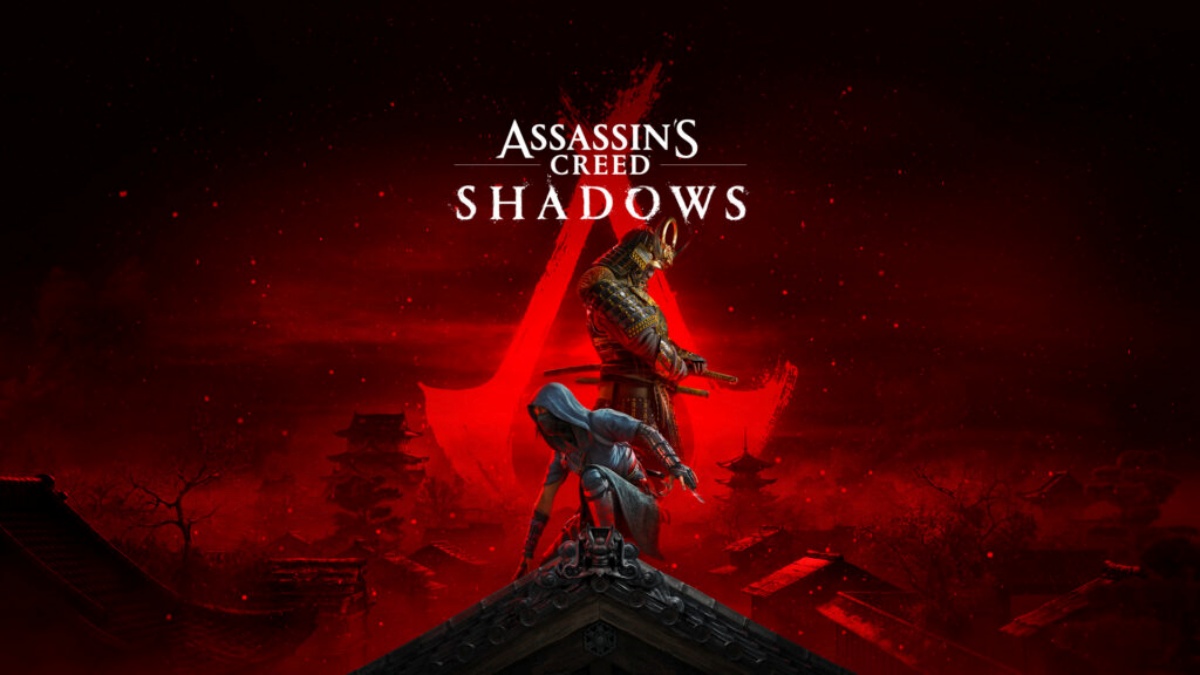What happens when you mix stealth, samurai swords, and real historical legends? You’ll get Assassin’s Creed Shadows; Ubisoft’s bold leap into 16th-century Japan, where chaos and ambition rule the land. It’s a clash of blades and ideologies, where every shadow hides a secret, and every name has a legacy.
Let’s dive headfirst into this slick new chapter, from its gameplay systems and setting to the real-life figures hiding behind the shadows.
About Assassin’s Creed Shadows
Ubisoft Quebec is back at it with Assassin’s Creed Shadows, the fourteenth major installment in the Assassin’s Creed saga, and the successor to Mirage (2023).
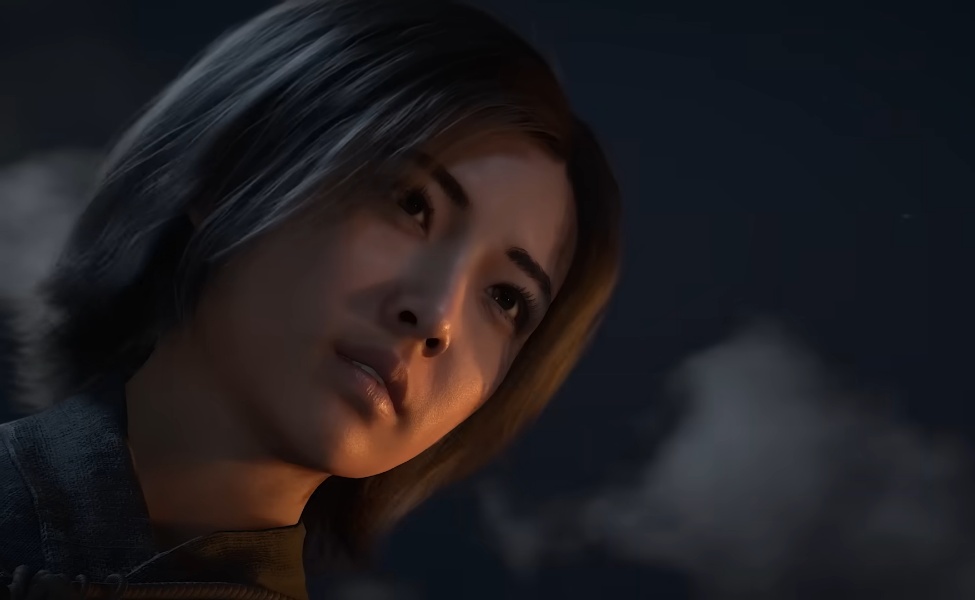
This time, the Brotherhood’s age-old feud with the Templars lands smack in the middle of Japan’s chaotic Sengoku period, and it’s glorious.
Aside from just running around with one blade-wielding hero, you’ve got two protagonists to master:
- Naoe: A swift and deadly kunoichi (female shinobi) from Iga, skilled in stealth, shadows, and surprise.
- Yasuke: A powerful African samurai inspired by the real historical figure who served under Oda Nobunaga.
These two feel different, giving you freedom in how you approach missions; go loud with Yasuke, or slip unseen through screens with Naoe.
Assassin’s Creed Shadows Gameplay
Okay, stealth and swordplay are cool, but Shadows turns it up with a living, breathing open world that changes with the seasons. Here are some slick features you’ll want to master:
- Shadow Manipulation: Stay in the shadows to stay invisible. Destroy lanterns to disappear mid-fight.
- Parkour Upgrades: Grappling hooks and crawling mechanics let you navigate like a ninja.
- Weapon Skill Trees: Whether you’re swinging a katana or flinging a kusarigama, every weapon has its progression path.
- Dual-Protagonist Gameplay: Switch between Yasuke and Naoe mid-mission for unique angles of attack.
- Spy Networks & Bribery: Not just brawn–use brains. Train informants or bribe officials to track down your next target.
- Observe Mode: From the rooftops, scout targets like a true shinobi strategist.
Every mission is a sandbox. You can go quiet, go violent, or go both. Want to crawl through the rafters and stab a daimyo through a Shoji screen? You can.
Want to blow the doors open and swing a war club? Yasuke’s back you up.
Assassin’s Creed Shadows Release Date & Platforms
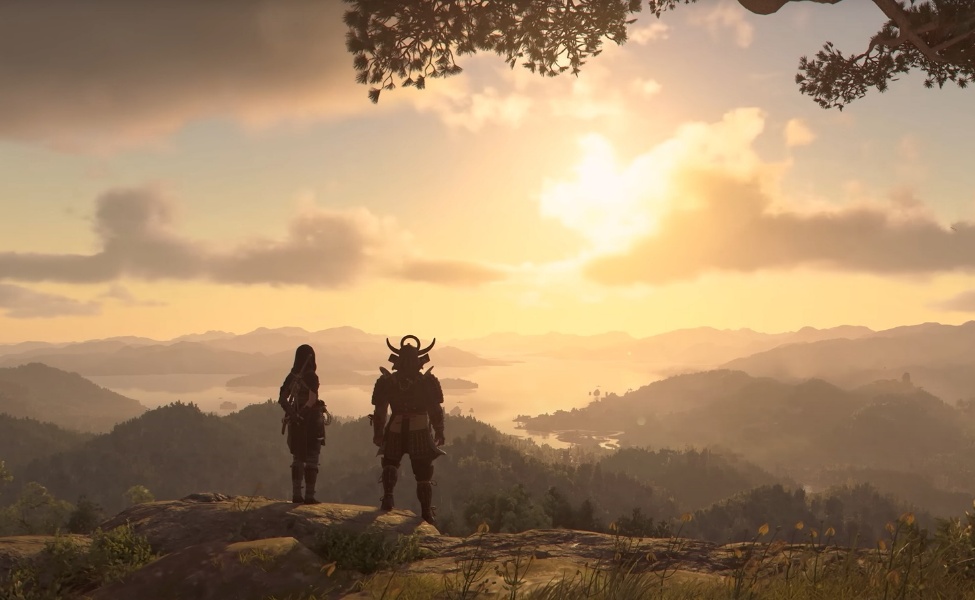
March 20, 2025, is when Assassin’s Creed Shadows officially dropped for:
- PlayStation 5
- Xbox Series X/S
- Windows
- macOS
An iPadOS version is also on the way, but Ubisoft is keeping that launch date under wraps for now.
See Also: Monster Hunter Wilds DLC Roadmap: Full Breakdown 2025
Assassin’s Creed Shadows Real Historical Characters and Their Roles in the Sengoku Setting
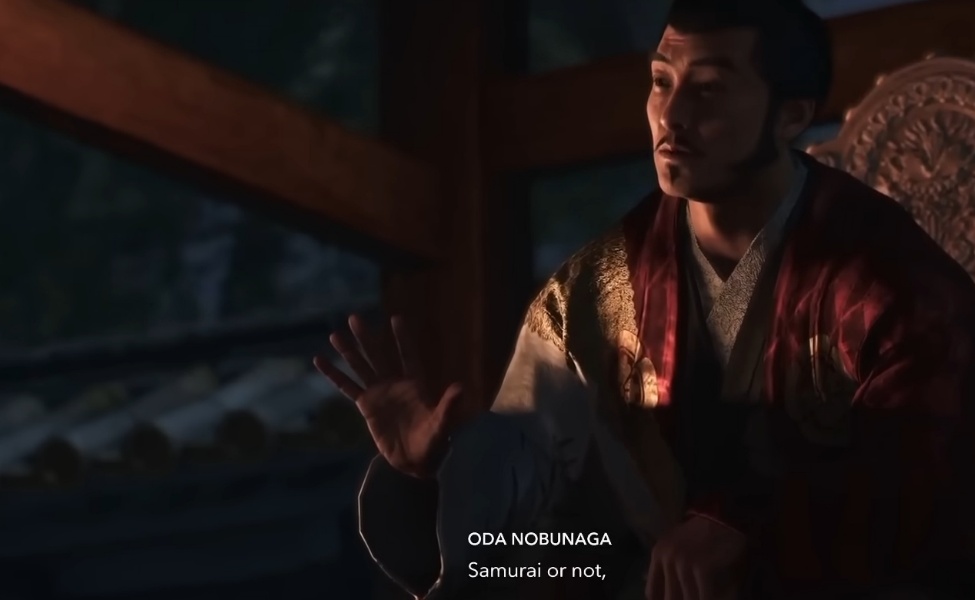
Besides that, what makes Shadows especially wild is how deeply it leans into real Japanese history.
Ubisoft’s Assassin’s Creed Shadows an in-depth exploration of the turbulent Sengoku era, placing players in a land defined by war, betrayal, and shifting allegiances.
While the main characters–Naoe, the shinobi, and Yasuke, the African samurai–are at the center of the narrative, a host of real historical figures also shape the story.
Below is the most prominent of them, how they’re portrayed in-game, and how they compare to their real-life counterparts.
Yasuke, The Real Samurai with a Mysterious Past
Yes, Yasuke was real. He came to Japan with Jesuit missionaries and somehow ended up as a samurai under Oda Nobunaga, one of the most powerful warlords of the time.
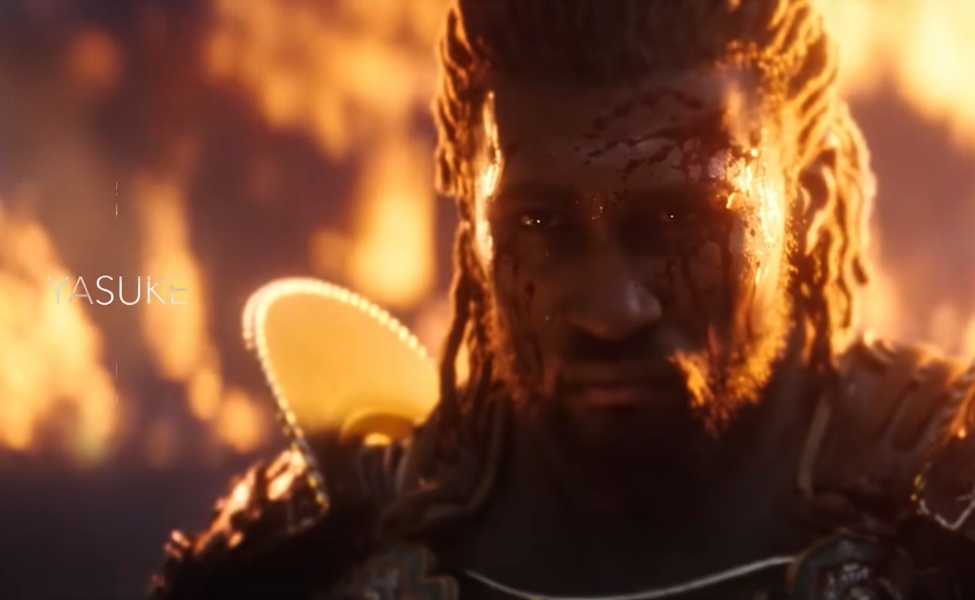
He even survived the infamous Honnō-ji Incident, where Nobunaga was betrayed and forced to commit seppuku. After that? History goes silent–and that’s where Ubisoft jumps in.
Oda Nobunaga
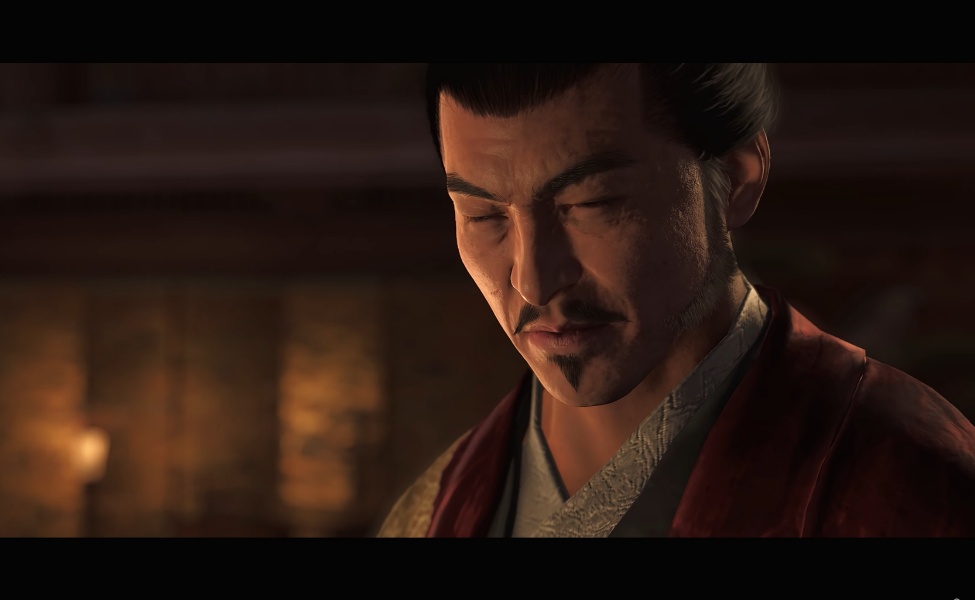
Known as both a brutal conqueror and a patron of the arts, Nobunaga’s campaign to unify Japan is central to the game’s early story.
He’s both a target and a towering figure of the Sengoku period.
Akechi Mitsuhide
He’s the one who took down Nobunaga. In real life, his reign lasted less than two weeks before being crushed.
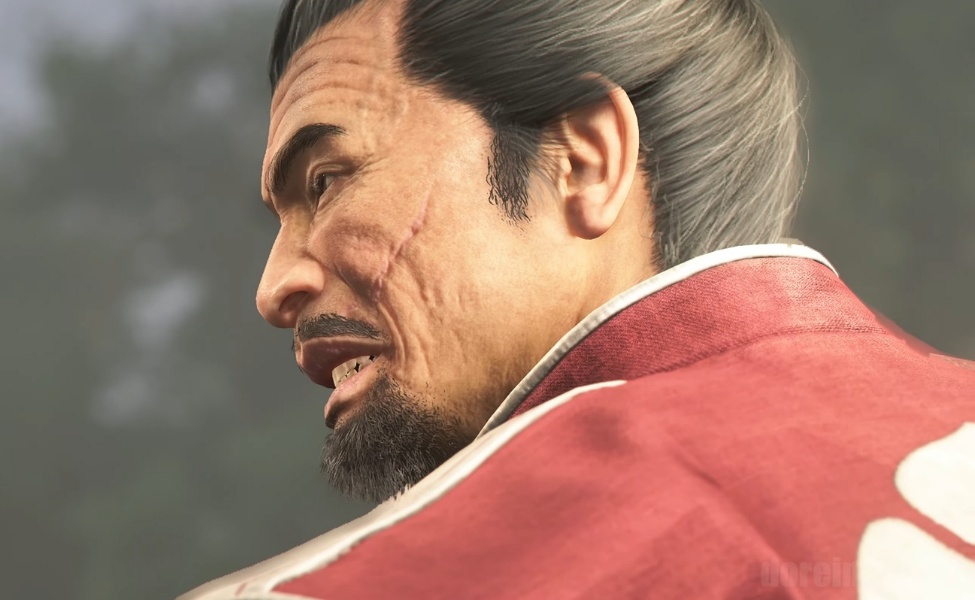
In the game, you’ll see seasons pass; but don’t take that literally. Still, this guy is your classic traitor-turned-power-seizer.
Alessandro Valignano & Luís Fróis, The Jesuit Connect
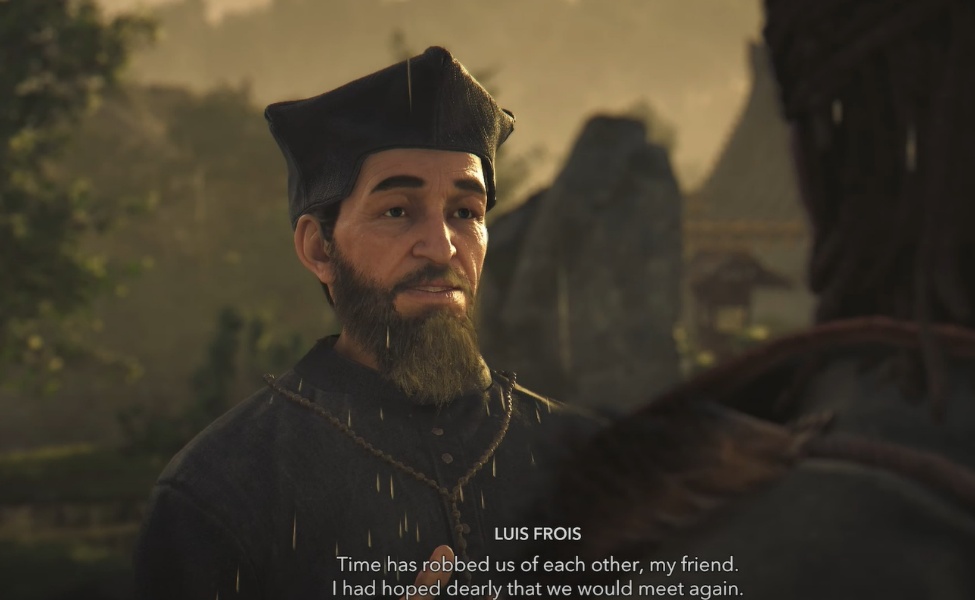
These two European missionaries brought Yasuke into Japan. While Fróis is one of the few who wrote about him, Valignano is shown as the reason Yasuke ever met Nobunaga.
See Also: Steam Spring Sale 2025: Dates, Deals & What to Expect
Ukita Naoie
Ukita Naoie is cast as one of the villains in Shadows, and it’s not a stretch from his real-life reputation.
Known historically as one of the “Three Great Villains of the Sengoku Period,” Naoie rose to power through betrayal, even assassinating his father-in-law.
In the game, he’s portrayed as a key member of the Shinbakufu and meets his end at the hands of Naoe, Yasuke, and Kuroda Kanbei.
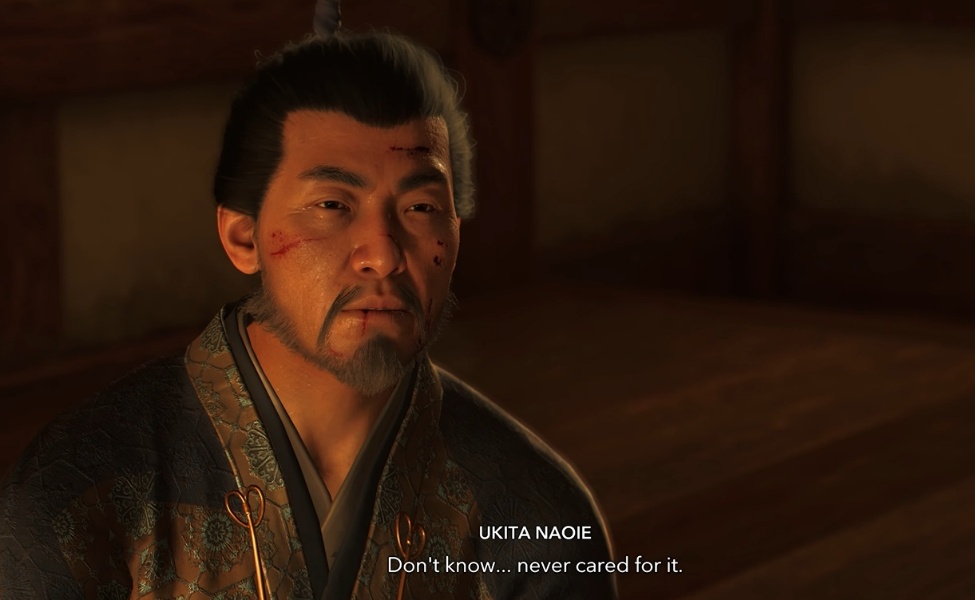
Historically, however, Naoie died of illness in Okayama Castle, not Himeji. His legacy continued through his son Ukita Hideie, who became an important figure under Toyotomi Hideyoshi.
The game’s narrative twists historical timelines for dramatic effect, but it effectively captures the duplicitous nature of Naoie’s rise and fall.
Kuroda Kanbei
In-game, Kuroda Kanbei corners Naoie using political leverage, particularly through his son. This portrayal aligns with his real-life persona.
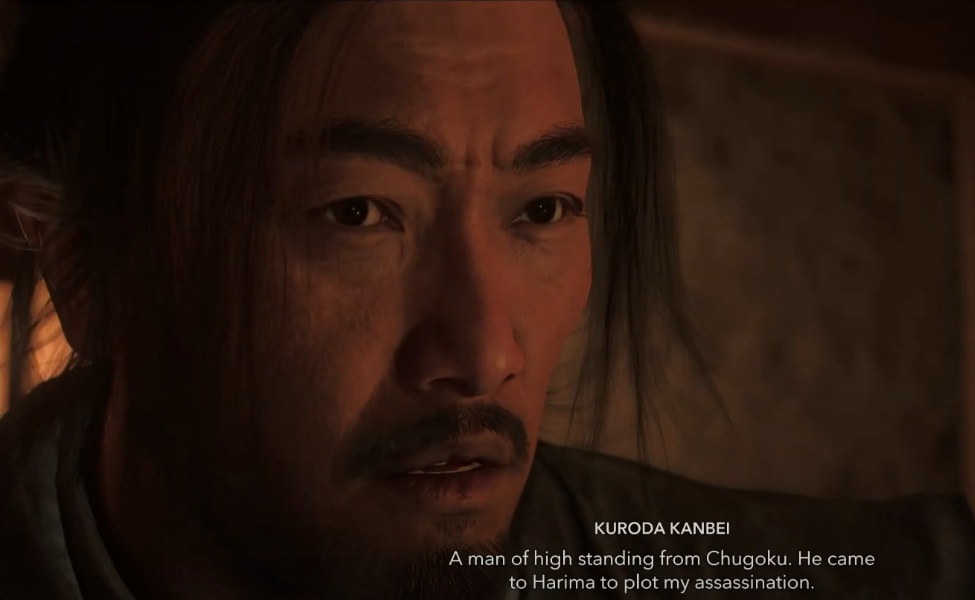
Also known as Kuroda Yoshitaka, Kanbei was one of the most brilliant strategists of the Sengoku period. He fought at the Battle of Yamazaki and became a trusted tactician under Hideyoshi.
His real 1582 visit to a Ukita-held castle was part of Nobunaga’s campaign, not a plot against Naoie, who had already died–but the game reimagines this encounter to serve its espionage themes.
Konishi Yukinaga
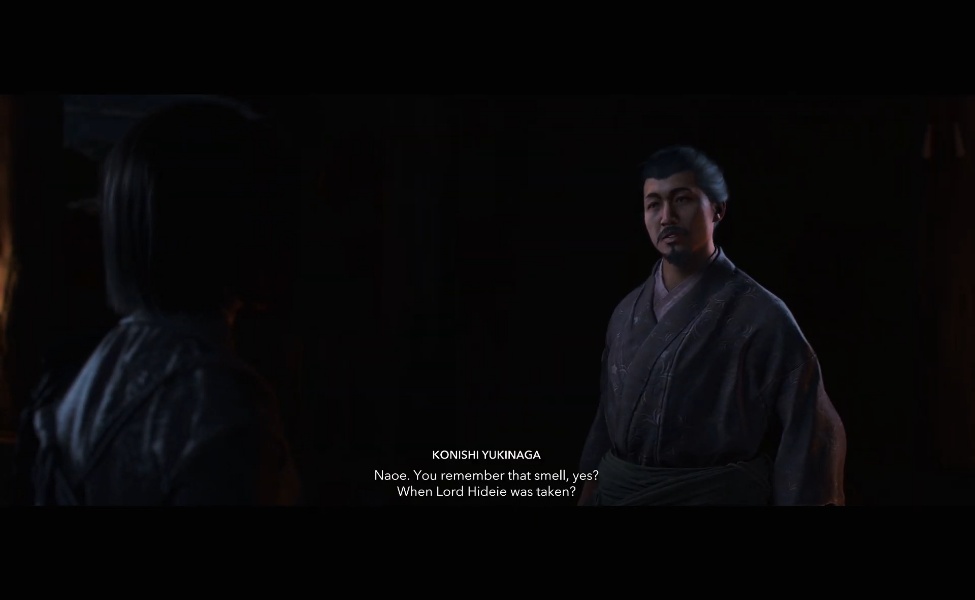
Yukinaga plays a small role in Assassin’s Creed Shadows, primarily during missions tied to the Ukita clan.
Before his notorious role in Hideyoshi’s invasions of Korea, Yukinaga helped bring the Ukita clan into Hideyoshi’s camp.
The game’s inclusion of him, even in a minor capacity, reflects his role in securing political alliances that shaped the future of the region.
Akechi Kagemitsu
Akechi Kagemitsu seems to be based on Akechi Hidemitsu, the real-life retainer, and son-in-law of Akechi Mitsuhide. In AC Shadows, he’s depicted as Mitsuhide’s nephew and a key Shinbakufu figure.
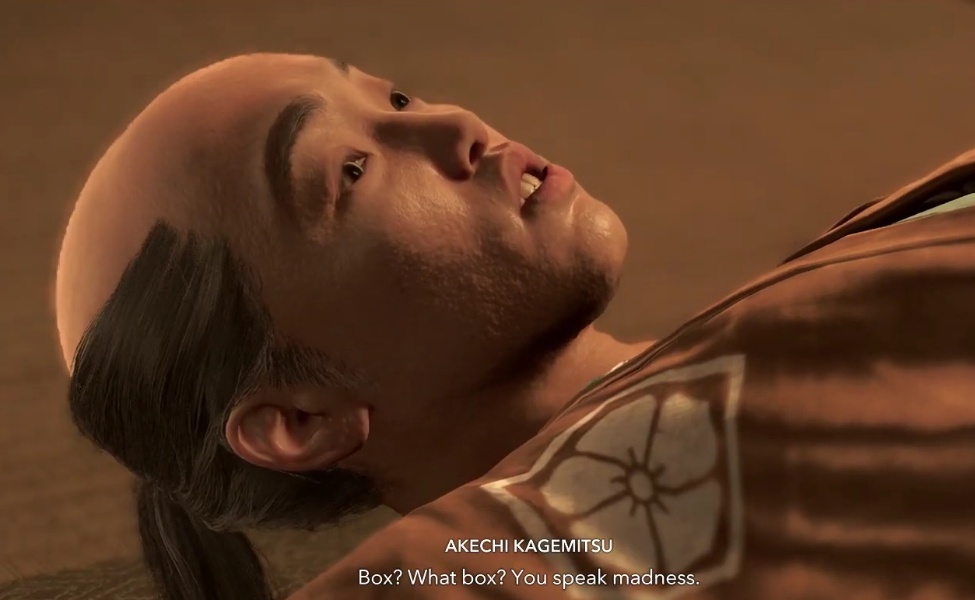
Historically, Hidemitsu committed seppuku shortly after the Battle of Yamazaki. Kagemitsu’s fate in the game is fast-tracked to better fit the pace of the rebellion storyline.
Ise Sadaoki, from Loyalist to Poisoner
Assassin’s Creed Shadows paints Ise Sadaoki as a calculating villain who poisons his brother to take control of the Ise clan.

While historical records confirm he did succeed his brother during a time of illness, there’s no evidence of foul play. He died alongside his father-in-law Mitsuhide at the Battle of Yamazaki.
Lady Oichi
Lady Oichi’s tragic story is given emotional weight in Shadows, where her loyalties between her brother Oda Nobunaga, and her husband Azai Nagamasa come into play.
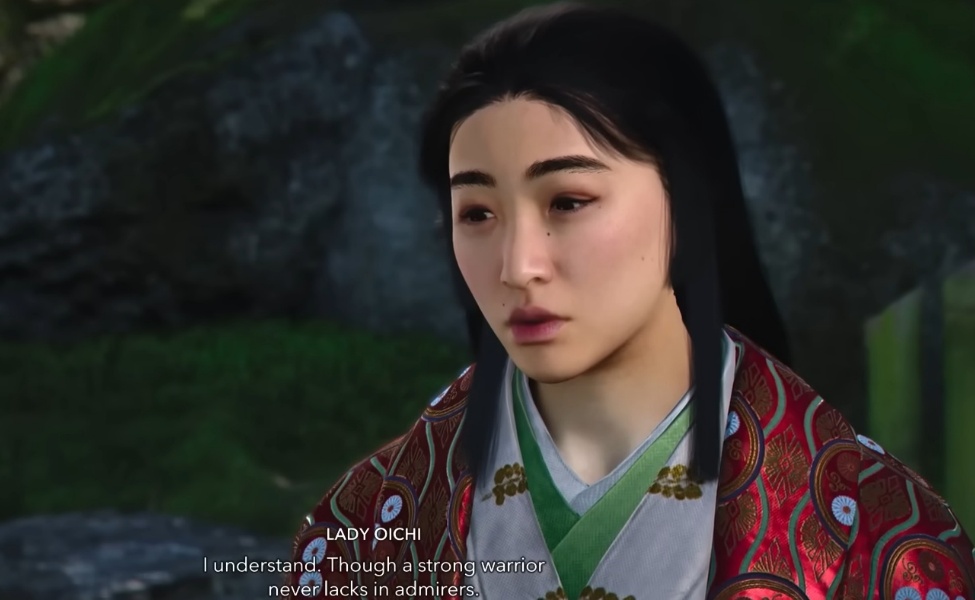
The game allows players to choose whether to spare her as a member of the Shinbakufu. In history, she later married Shibata Katsuie and died with him during his final stand against Hideyoshi.
Lady Nene
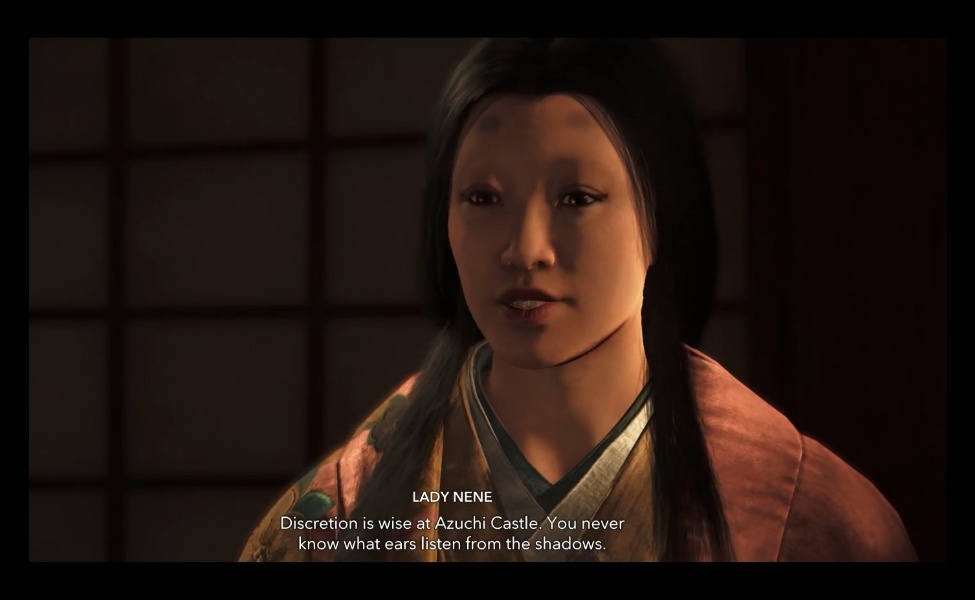
The game casts Lady Nene, Hideyoshi’s wife, as a behind-the-scenes force called “The Lady of Whispers.”
This creative spin is rooted in her historical role as an advisor and powerful figure in her own right. She remained influential even after Hideyoshi’s death and founded the Kōdai-ji Temple.
See Also: Marvel Rivals Ranks: Everything You Need to Know
Ōta Gyūichi
Historian and samurai Ōta Gyūichi, whose work Shinchō Kōki chronicled the life of Oda Nobunaga, makes an appearance in Shadows as a quest-giver.
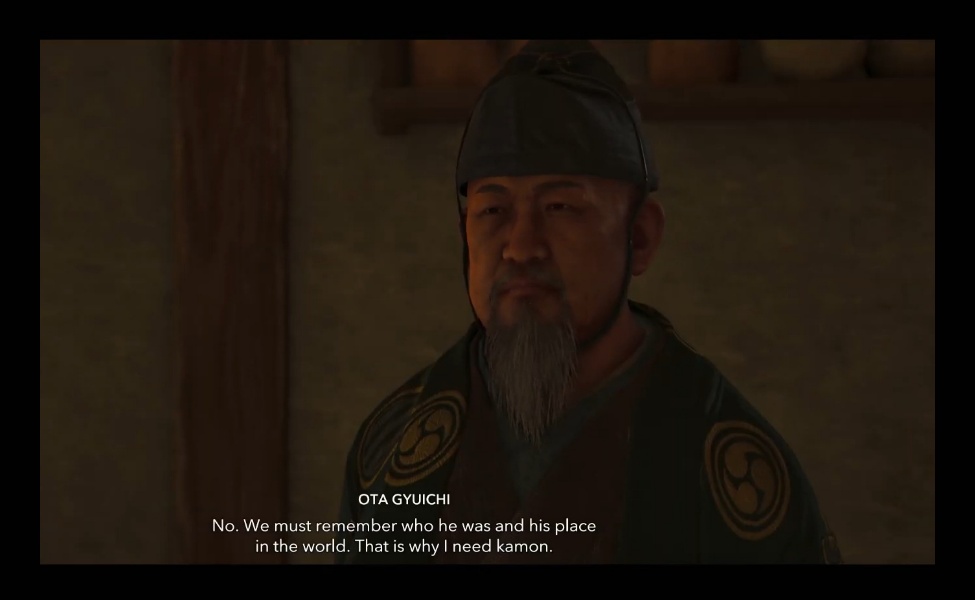
His presence is a nod to Ubisoft’s commitment to historical detail, as his writings were instrumental in developing the game’s narrative.
Sen no Rikyū and Imai Sōkyū
AC Shadows also includes side quests around the traditional Japanese tea ceremony, featuring legendary figures like Sen no Rikyū and Imai Sōkyū.
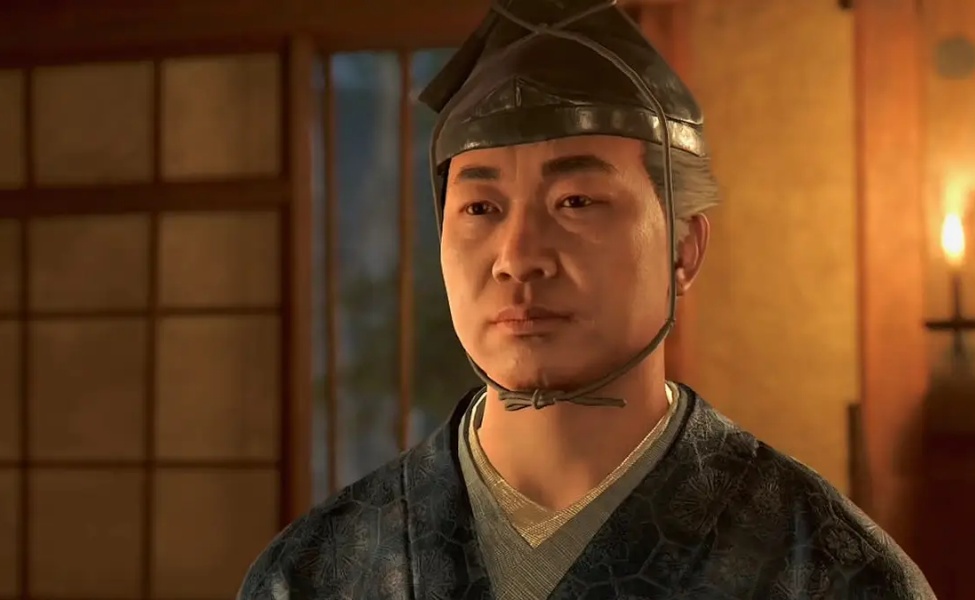
These masters weren’t warriors, but their cultural influence was immense. Both served Nobunaga and later Hideyoshi, and their presence in the game adds a peaceful but poignant counterpoint to the chaos of war.
Other Notable Appearances
- Takeda Motoaki seeks to reclaim his family’s legacy, echoing his real-life attempt to regain Nochiseyama Castle. His dramatic end mirrors his historical suicide after being captured.
- Niwa Nagahide aids the protagonists and mirrors his real-world role in supporting Hideyoshi against Mitsuhide.
- Hosokawa Tama, daughter of Mitsuhide, asks Yasuke to rescue her brother–a fictional scenario with roots in tragic history, as her brother Mitsuyoshi committed seppuku at a very young age.
- Isono Kazumasa, who historically defected from Azai Nagamasa to Nobunaga, appears as a complex figure in Katsuhime’s storyline.
- Tsutsui Junkei, shown as a hesitant leader in Shadows, was similarly indecisive during the real Battle of Yamazaki.
- Toyotomi Hideyoshi (aka Hashiba Hideyoshi) took over after Mitsuhide, and became the second “Great Unifier.”
- Ashikaga Yoshiaki, the last Ashikaga shogun who tried (and failed) to resist Nobunaga’s rise.
- Hattori Hanzo, the OG ninja bodyguard, is connected to Tokugawa Ieyasu, with deep ties to Iga shinobi culture.
- Tokugawa Ieyasu eventually founded the Tokugawa shogunate after Hideyoshi’s death. Doesn’t play a huge role in the game, but he’s lurking in the shadows.
- Momochi Sandayu is a legendary ninja who trained outlaws and anti-Nobunaga rebels like Ishikawa Goemon.
So, for players interested in the Sengoku period, the game offers not just exciting action, but also a springboard into one of Japan’s most complex eras.
Alright, that’s all you need to know about Assassin’s Creed Shadows. This game will pull you into a rich web of real history and reimagined legends.
Meeting characters like Ukita Naoie or Lady Oichi makes every mission feel personal like you’re rewriting history with each step.
It’s the kind of game that makes you curious long after you log off–Was that real? Did that happen? That’s what makes it stick.


